In 2003, hobbyist crate digger Dori Hadar found a robust collection of records by soul musician Mingering Mike at a local Washington D.C. flea market. The album covers were intricately decorated with pencil drawings of dancing figures and singers regularly seen on popular rhythm and blues records. The only difference was that the vinyl didn’t sound like its peers, because it was made of cardboard.
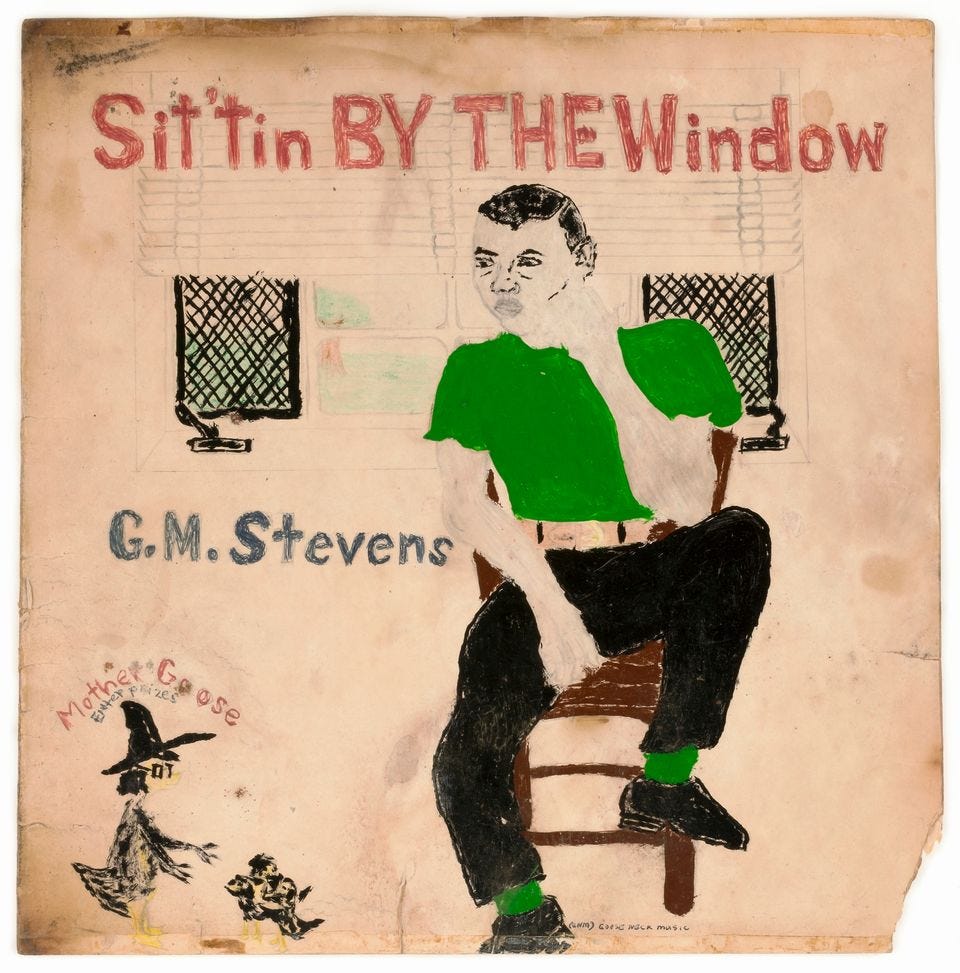
A fabricated persona who independently released hundreds of records, Mingering Mike, whose real name will forever purposefully be a mystery, had no intention of becoming an underground sensation almost forty years after he created his first fictional album, Sit’tin By The Window (1968) at age 18. In a rare interview with The Guardian, Mingering Mike spoke with writer Jon Ronson on the details of his life that influenced his imaginary discography.
At first Mike concentrated on the cover artwork, but his cousins told him they were too flimsy without a record inside, so he added cardboard discs, drawing the groove lines with a pencil and a compass. He’d always double-check that the number of bands tallied with the number of song titles on the cover… ‘I just wanted to be as real as possible,’ he says.
In 1970, the artist was drafted for The Vietnam War but made the difficult and isolating decision to go underground and became a “deserter,” abandoning his obligatory military post in fear of the brutal consequences of war like most of his generation. During this time, “he entered his most prolific period,” according to Ronson, and “ released 15 LPs and more than 20 singles in 1972 alone.” The self-taught artist channeled his emotions and fear into his art, creating pieces like The Two Sides of Mingering Mike (1970) and Nixon's Support Crumbles (1972-1974).

In the exhibition catalog for the show The Record: Contemporary Art and Vinyl, first presented at Nasher Museum of Art at Duke University in 2010, curator Trevor Schoonmaker juxtaposes Mike’s 1975 forty-five singles “I’m Superman” b/w “Blind in One Eye” with the cover of Marvin Gaye’s 1970 record Super Hits. Both depicting a black Superman hero, Schoonmaker describes the piece as “a supreme act of both empowerment and escapism,” noting how “a harsh racial and economic reality sometimes calls for drastic acts of artistic and self-creation.” Just as Trevor references Gaye, I also see callbacks to trends like food still lives for album covers on Life is a Bitch (1974).
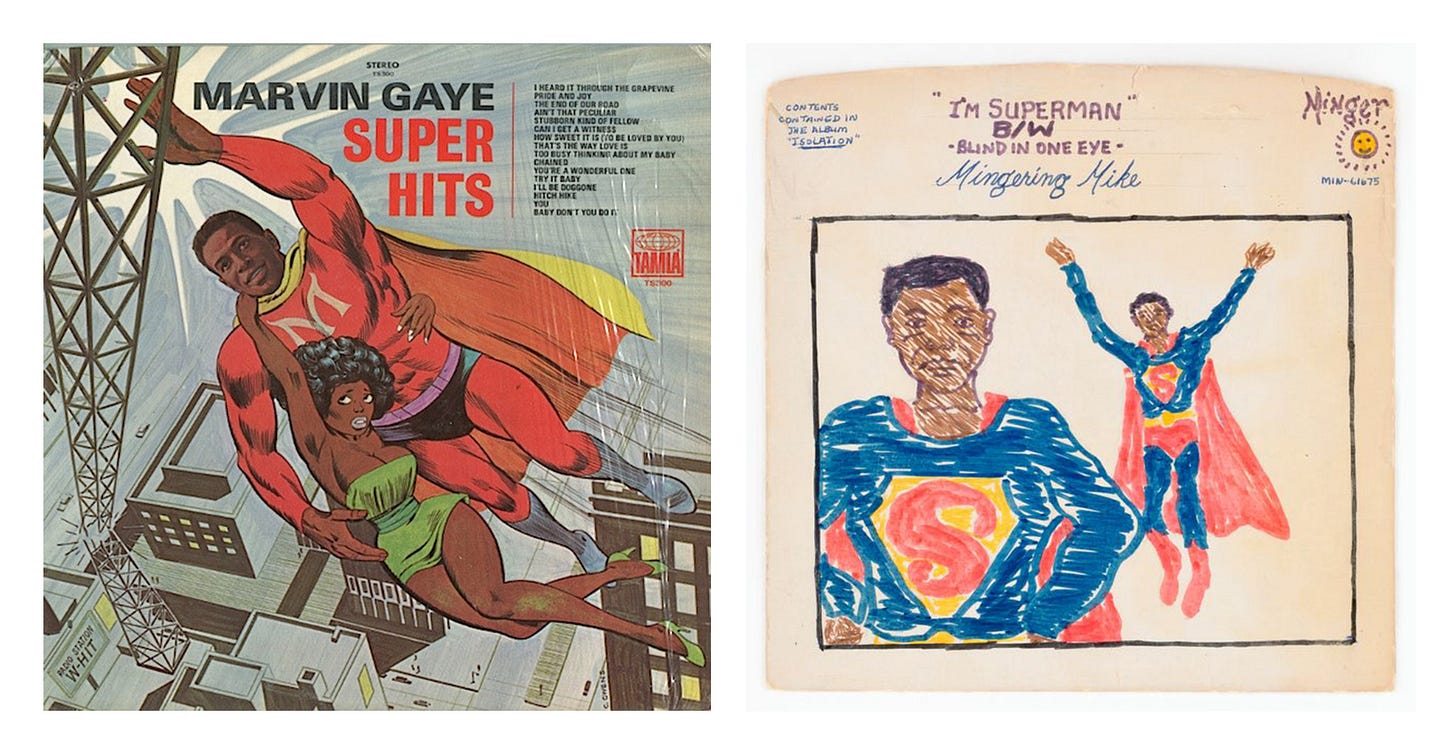
In 2013, The Smithsonian American Art Museum acquired a collection of Mike’s work. To this day, he is creating timely art in DC in the form of facetious political comics critiquing Donald Trump among other current events. You can follow his work via Instagram and learn more about his legacy on his website. See more excerpts of his work below.
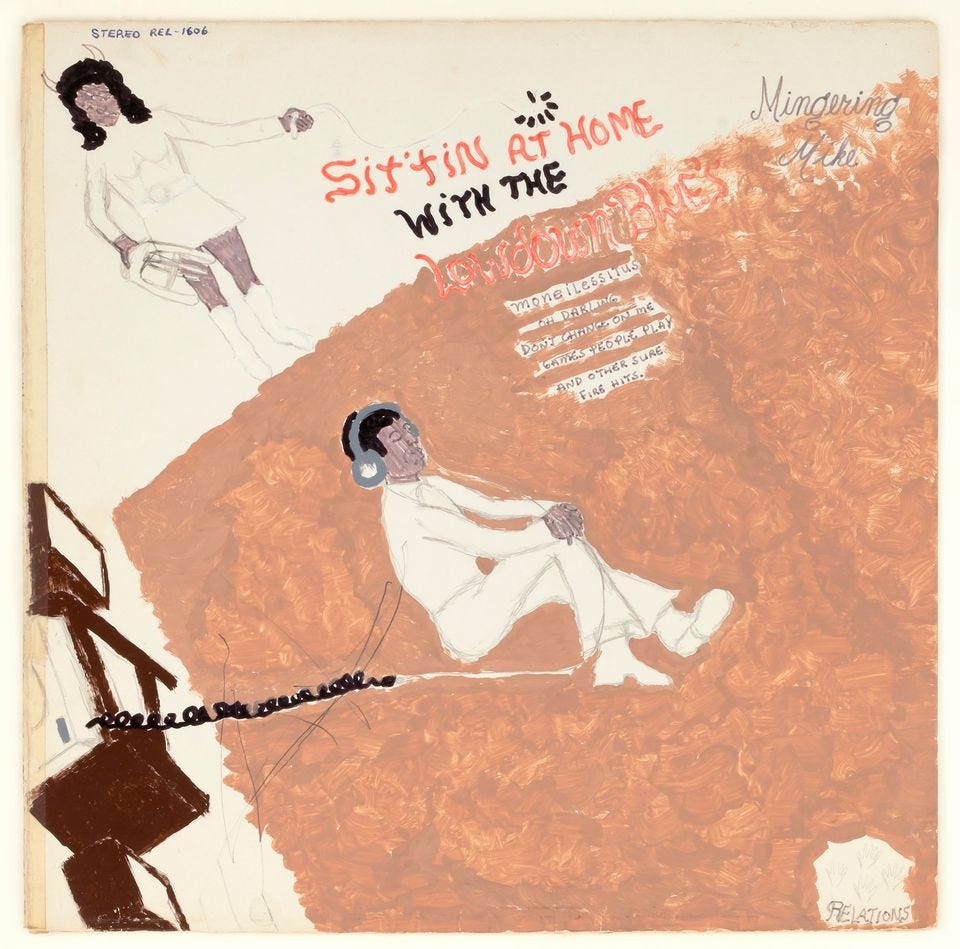
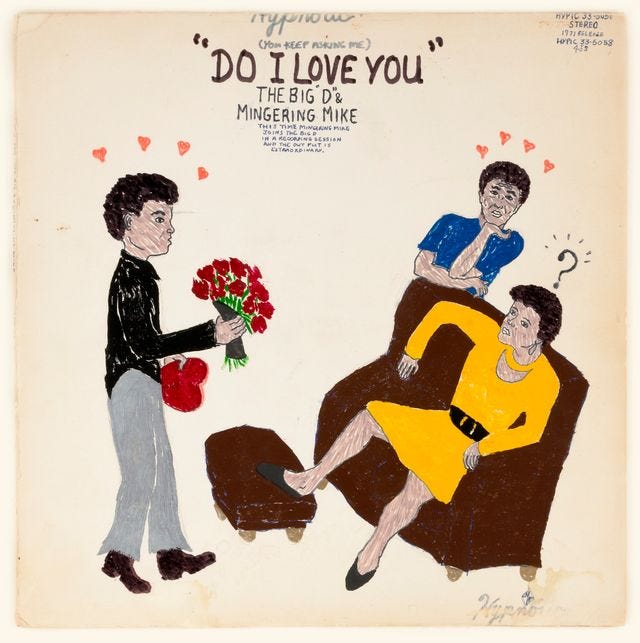
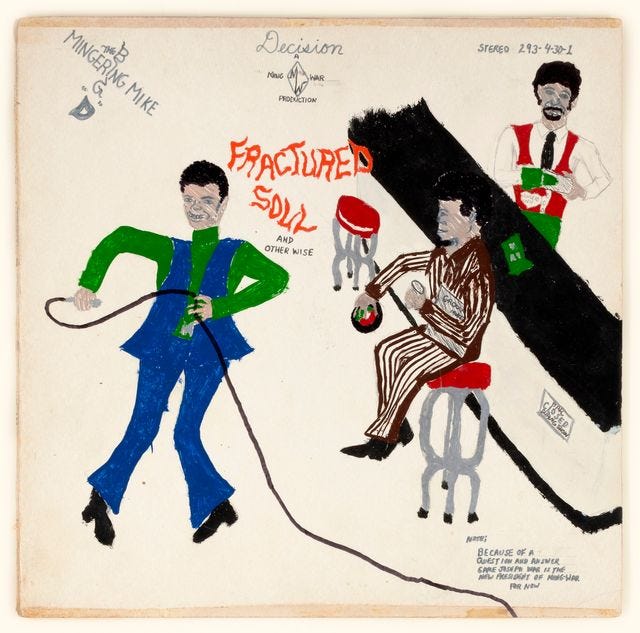
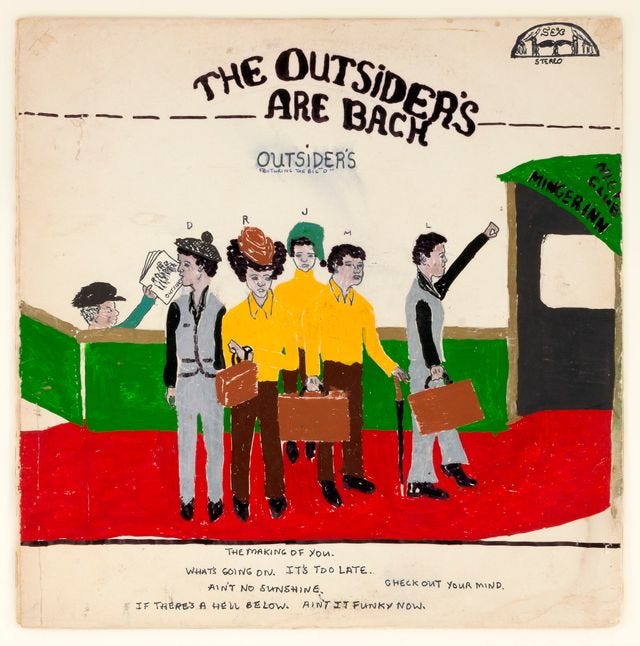

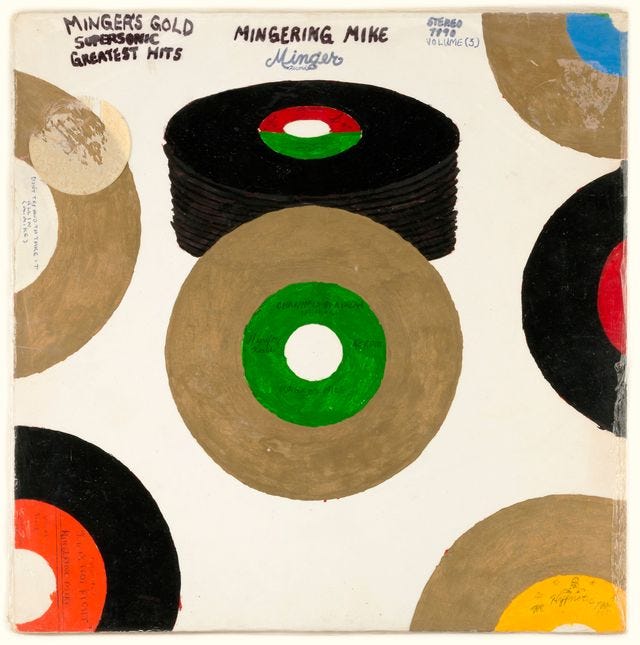

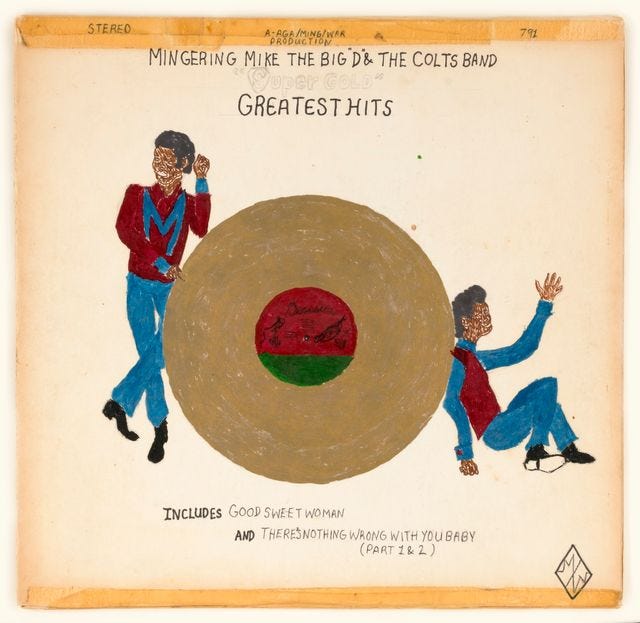
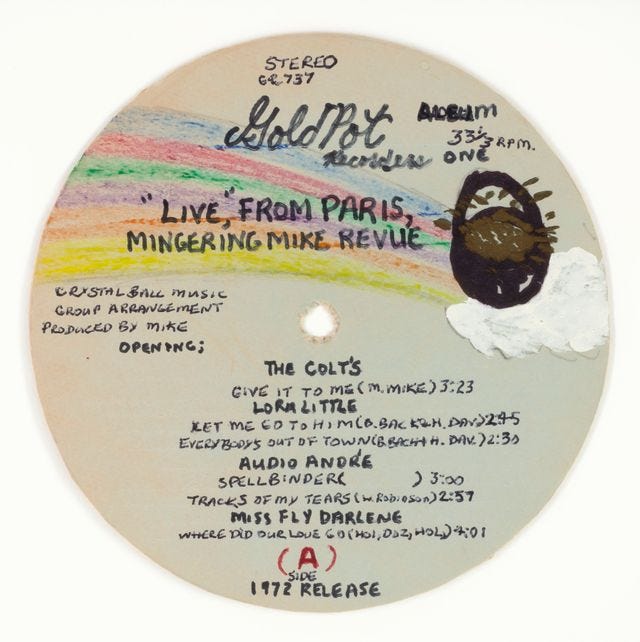
The Art of Cover Art is a free educational and inspirational resource. If you have $5/ month to spare, it would be very helpful in furthering my research. Or, if you think a friend might enjoy this newsletter, the best way to pay it forward is by sharing!



